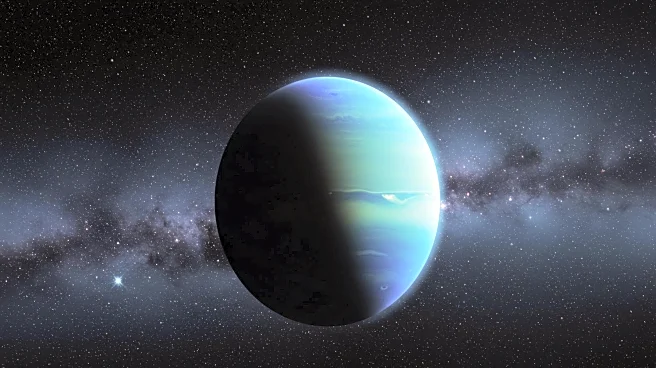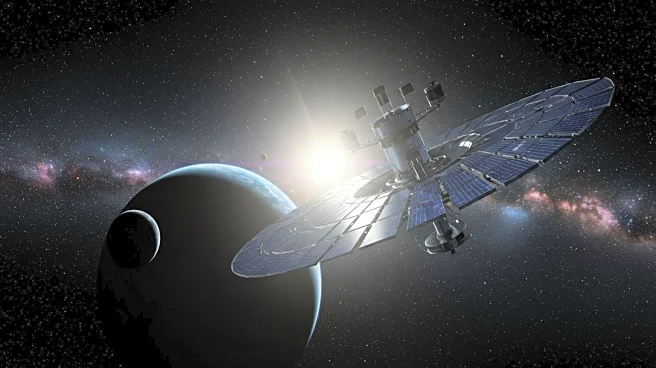What is the story about?
What's Happening?
A new study led by University of Houston researchers suggests Uranus has its own internal heat, contradicting previous observations from Voyager 2 in 1986. Using decades of spacecraft observations and computer models, scientists found Uranus releases more heat than it receives from sunlight. This discovery resolves a long-standing mystery about the planet's formation and evolution, indicating it is still losing leftover heat from its early history.
Why It's Important?
The discovery of Uranus's internal heat is crucial for understanding the planet's origins and its evolutionary history. It challenges existing models of planetary formation and could influence future space exploration missions. The findings also have implications for understanding Earth's climate and atmospheric evolution, as they provide insights into fundamental processes that shape planetary systems.
What's Next?
The study strengthens the case for a mission to Uranus, which is a priority for NASA's flagship mission for the 2023-32 decade. Researchers will continue to explore Uranus's energy levels and seasonal changes, which could impact planning for future space missions and technology innovation related to climate understanding on Earth.
AI Generated Content
Do you find this article useful?











